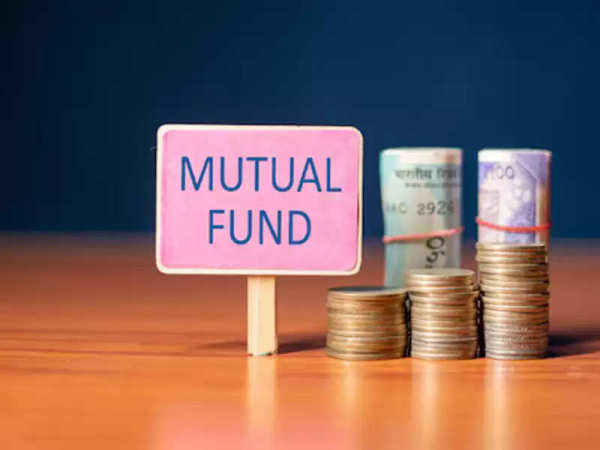
Usually, the only thing in the mind of investors of the Mutual Funds scheme is how its past returns have been and what is the possibility of future returns. Investors may think that if the return of a fund is 10 percent or 20 percent, then they will also get the same profit by investing. However many investors do not pay attention to the Expense Ratio. If the expense ratio of the fund is high, then it affects the actual return received by the investors.
Suppose you have invested 10 thousand rupees in a fund. Its expense ratio is 1.60 percent. If you get a 15 percent return in a year, then it will be Rs 10,000. But a 1.60 percent expense ratio will also be deducted from your return. In this way, the actual return will be 13.4 percent. On the other hand, if the expense ratio was 1 percent, then your actual return would have been 14 percent.
What is the Expense Ratio
Mutual funds are managed by Asset Management Companies (AMC). These AMCs bear expenses like distribution, marketing, transfer custodian, legal, and auditing. These expenses are recovered from the investors who buy the units of the mutual fund. AMC recovers these expenses in the form of an Expense Ratio. The expense ratio decides whether investing in the fund will be cheap or expensive. Some funds have a high expense ratio while others have a low one.
Low Expense Ratio does not guarantee high returns.
Mutual fund investors should keep in mind that a low or high expense ratio does not guarantee returns. Sometimes mutual funds with a high expense ratio give more profit than funds with a low expense ratio.